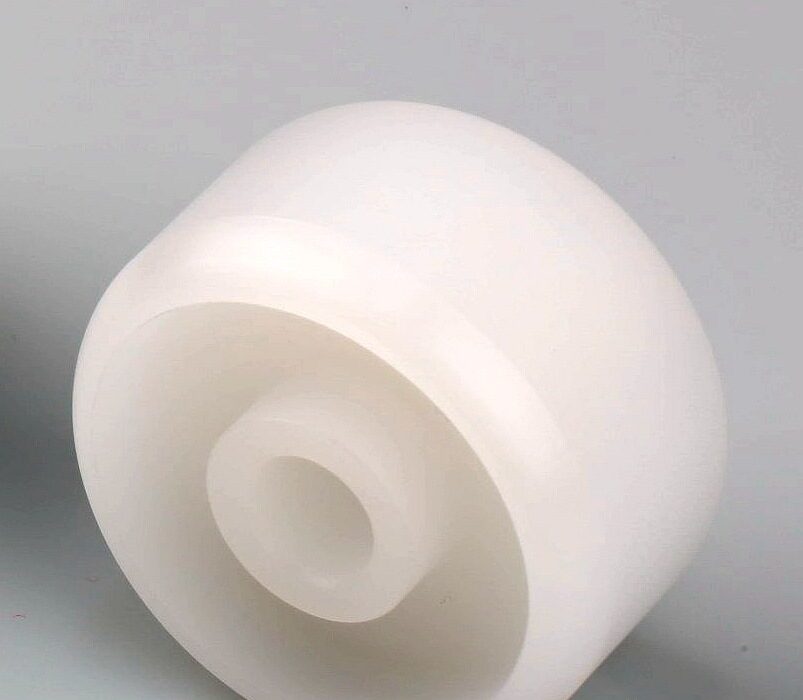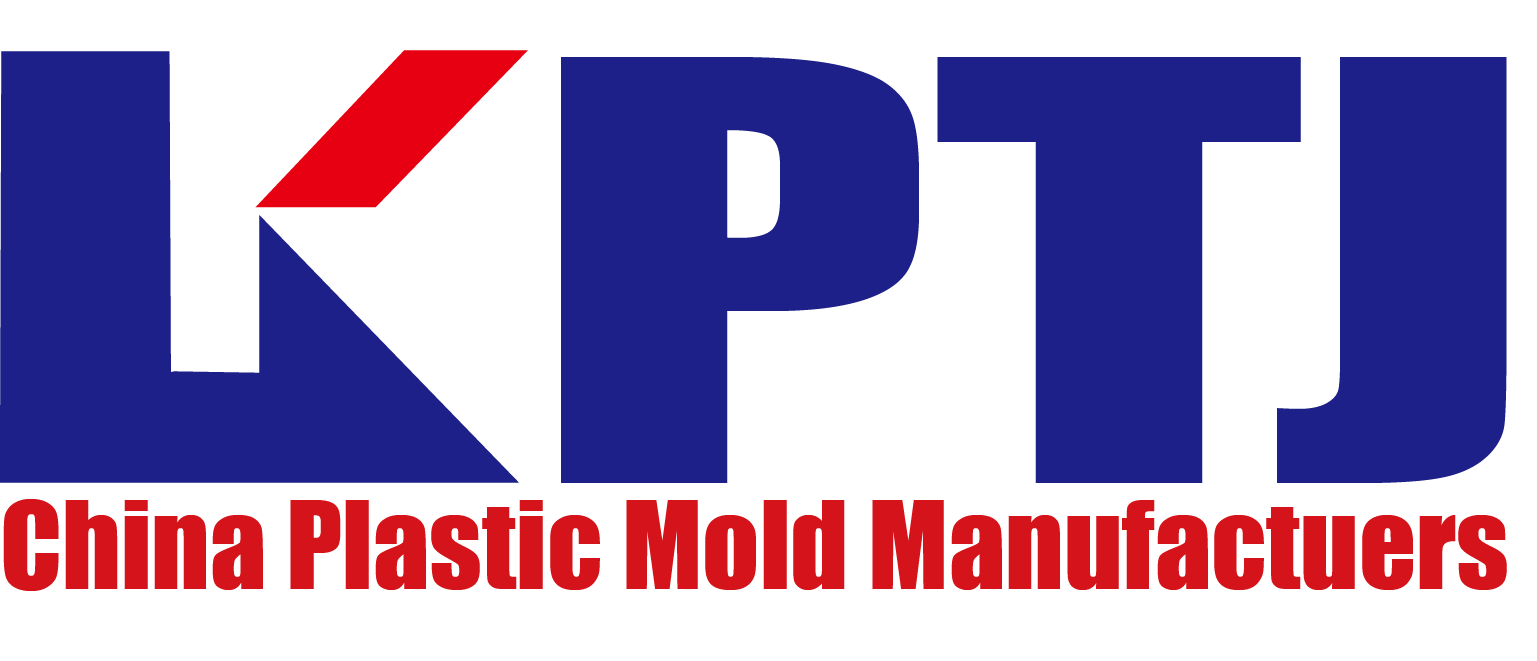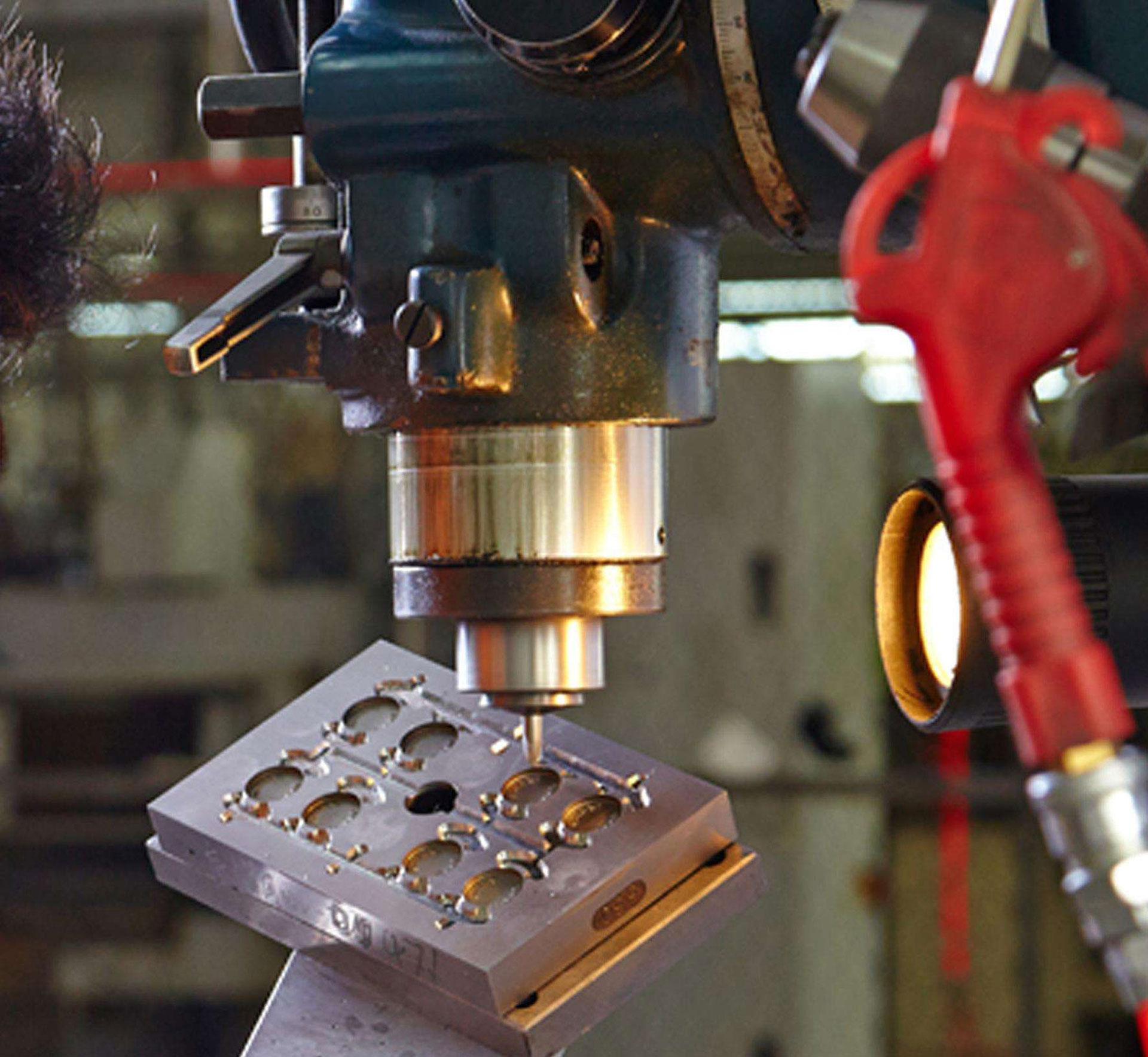1. Thermal fatigue crack damage failure
During die-casting production, plastic molds are repeatedly subjected to the effects of cold shock heat, and the molding surface and its interior are deformed, which involves each other and repeatedly cyclic thermal stresses, resulting in damage to the structure and loss of toughness, causing the appearance of micro-cracks and continuing to expand. Once the crack expands, molten metal squeezes in, and repeated mechanical stress accelerates the crack. For this reason, on the one hand, the mold must be fully preheated at the beginning of die casting. In addition, the mold must be kept within a certain operating temperature range during the die casting process to avoid early cracking failure. At the same time, we must ensure that the internal factors before the mold is put into production and in the manufacturing process do not cause problems. In actual production, most of the mold failures are thermal fatigue cracking failures.
2. Fragmentation failure
Under the influence of the injection force, the mold will crack at the weakest point, especially the scoring marks or electrical processing marks on the molding surface of the mold are not polished, or the micro-cracks will appear first at the clear corners of the molding , When there is a brittle phase or coarse grains in the grain boundary, it is easy to break. However, the crack propagation is rapid during brittle fracture, which is a very dangerous factor for the fracture failure of the mold. For this reason, on the one hand, all scratches on the mold surface, electrical machining marks, etc. must be polished, even if it is in the pouring system, it must be polished. In addition, the mold materials used are required to have high strength, good plasticity, good impact toughness and fracture toughness.
3. Dissolution failure
Commonly used die-casting alloys are zinc alloys, aluminum alloys, magnesium alloys and copper alloys, as well as pure aluminum die-casting. Zn, Al and Mg are more active metal elements, and they have better affinity with mold materials, especially Al is easy to bite mold. When the hardness of the mold is higher, the corrosion resistance is better, and if there are soft spots on the molding surface, it is detrimental to the corrosion resistance.



